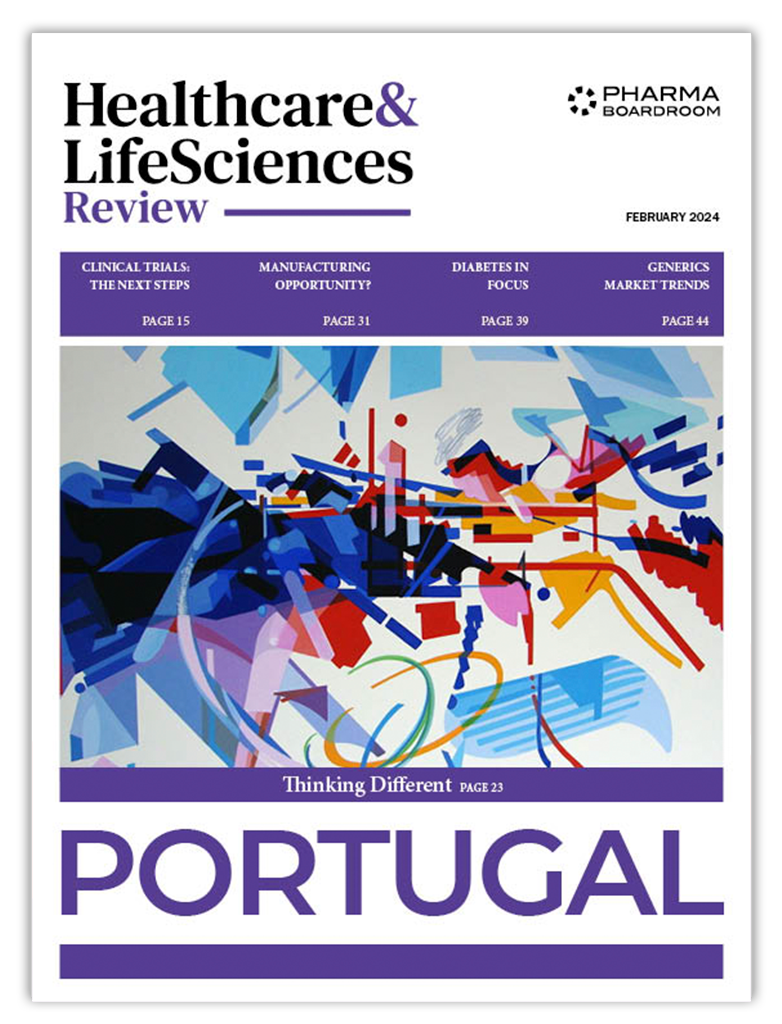Former director general of the Chinese Center for Disease Control and Prevention (CDC) and current chairman of the Chinese Foundation for Hepatitis Prevention and Control, Professor Yu Wang, weighs in on the country's strong basic research landscape and the need to reinforce links to investment, the recent regulatory advancements that have led to streamlined approval processes, and China's evolving healthcare model where many expensive innovative drugs are not covered by the national basic health insurance.
How do you perceive the current landscape regarding breakthrough technologies coming from the Chinese pharmaceutical industry?
It is essential to discern whether the advancements we are witnessing represent true breakthroughs or merely the adoption of existing technologies. From my observation, there is a consensus that some companies, although sizable, may not be as innovative as perceived. Understanding the stage of development, the strategies employed, and the technological capabilities of Chinese pharmaceutical firms is crucial. For instance, while some larger companies organize researchers to explore new avenues, others focus on meeting the growing demand for existing therapies. Therefore, assessing the current conditions and capabilities of these companies is paramount for navigating the landscape effectively and fostering genuine innovation.
What role does basic research play in China particularly concerning academia’s role in biomedical innovation?
Basic research plays a crucial role in biomedical innovation, often laying the groundwork for future breakthroughs. In China, the government provides substantial funding to universities and research institutions for basic research endeavours. However, there is a distinction between basic research aimed at fundamental understanding and research directly focused on developing therapies or medicines. While China boasts a robust academic landscape, with numerous publications and creative ideas emerging, the focus may not always align with immediate therapeutic applications. Exploratory basic research, which requires long-term and continuous investment, often does not see a direct connection with application. However, with accumulation of knowledge, biomedical innovation will receive breakthrough support. This means having the favourable financial and environmental conditions. China lacks such long-term mechanisms, both in the field of public finance and private enterprises in this regard.
Unlike for example countries like the UK or Germany, which I have had the opportunity to observe, where mature investment systems foster innovation in a relatively stable market environment, China’s approach to risk and failure differs. Chinese companies and researchers may exhibit a more cautious attitude, preferring to mitigate risks before pursuing bold technological advancements. There may be elements of cultural traditions, coupled with a developing investment landscape, influencing the pace and direction of pharmaceutical innovation in China.
What progress have China’s regulatory policies made, especially in light of the experiences during the pandemic?
The regulatory landscape in China, overseen by China’s version of the FDA, the National Medical Products Administratio (NMPA), has witnessed notable advancements in recent years, particularly in response to the challenges posed by the pandemic. Unlike some other regulatory bodies, the NMPA demonstrates a proactive approach, often displaying a willingness to support businesses and foster innovation. This stance is evident in their streamlined approval processes and openness to novel methodologies and technologies.
While there may have been delays in the past, recent trends suggest a more expedited approval timeline for innovative treatments, aligning with global standards. Additionally, the NMPA’s commitment to innovation is reflected in their support for research and development initiatives, facilitating the translation of cutting-edge therapies from concept to market. Overall, the regulatory environment in China, guided by the NMPA, appears to be evolving positively, providing a conducive framework for pharmaceutical innovation and growth.
How has the relationship between China and the US influenced innovation, particularly regarding the return of professionals from abroad?
It is evident that much of the innovation in China stemmed from the return of “sea turtles,” or individuals who had studied or worked in the US and returned to pursue their endeavours here. However, the current strained relationship between the two countries may lead to a decrease in the scale of studying abroad and returning to China to start a business, potentially impacting innovation.
Moreover, the issue extends beyond individual aspirations to encompass broader systemic factors. While many ground-breaking treatments are emerging, the question arises: who will foot the bill? With high prices associated with these innovations, patients often cannot afford them, leaving the burden on insurance policies and government support. This reliance on external funding poses challenges, especially when commercial avenues contribute only a fraction of the total cost. Consequently, despite the desire for innovation, practical constraints remain, highlighting the complexities of the healthcare landscape.
What can you tell us about China’s healthcare model?
China’s healthcare model is still evolving, and it does not fit neatly into either the government-paid European model or the strong private market American model. Currently, there is a need for greater clarity on the payment system, particularly regarding commercial use. The challenge lies in convincing people of the necessity of commercial insurance, especially for rare and expensive treatments. The Chinese government will eventually need to decide on the direction of the healthcare system, as the current ambiguity could hinder innovation and market access for new treatments. It is crucial to understand the diverse needs and situations of stakeholders in China’s healthcare landscape to foster pharmaceutical innovation and ensure affordable access to treatments.
It seems that such a policy framework only supports low-priced products, but what about the investment and effort required for innovation?
Despite investing significant time and money on innovation, there is often uncertainty about whether the product will sell well. Some of the most recent innovative drugs and treatments are too expensive to be covered by the national basic health insurance. In China, commercial health insurance is small, accounting for only 3.5 percent of medical payments. If there is no market expectation of payment, it will discourage investors.. In January, I organized a discussion with China Medicinal Biotech Association, and the entrepreneurs and researchers at the meeting expressed this concern
What is the current situation regarding pharmaceutical market authorizations, considering the substantial investment required and recent shifts in regulatory openness?
The landscape for pharmaceutical market authorisations has certainly evolved recently. Now, there seems to be a more optimistic outlook as regulatory bodies like the NMPA facilitate quicker market access. However, the cost of research and development has notably increased in China, leading to concerns about operating expenses. Despite this, advancements in technology, cell therapy and gene therapy have made significant progress and entered the market. Additionally, there is a possibility of market cleanup as technology becomes more accessible, enabling cheaper solutions to emerge.
What draws your interest to the topic of innovation and the different approaches nations and regions have? Looking at one example, Hong Kong has recently made biomedical innovation part of its industry priorities.
My interest in innovation stems from witnessing the challenges and opportunities within the biotechnology sector, especially after seeing my students establish a company focusing on TCR T, a kind of cell therapy technology against solid cancers. This technology holds immense promise in enhancing immunotherapy efficacy by precisely targeting receptors. However, despite the advancements, securing funding for research has become increasingly difficult, particularly in the past year. I am intrigued by the evolving landscape, especially in China, where demand for innovation remains high despite funding challenges. In addition, in Europe and the United States, under the incentive of new drugs and therapies reaching the market, the research and development of biomedicine is very hot. This dynamic interplay between market forces, governmental policies, and technological advancements continues to fuel my interest in exploring the future of biotech innovation. However, in regions like Hong Kong, while there may be financial resources available, the absence of conducive conditions for research and development poses a challenge.







